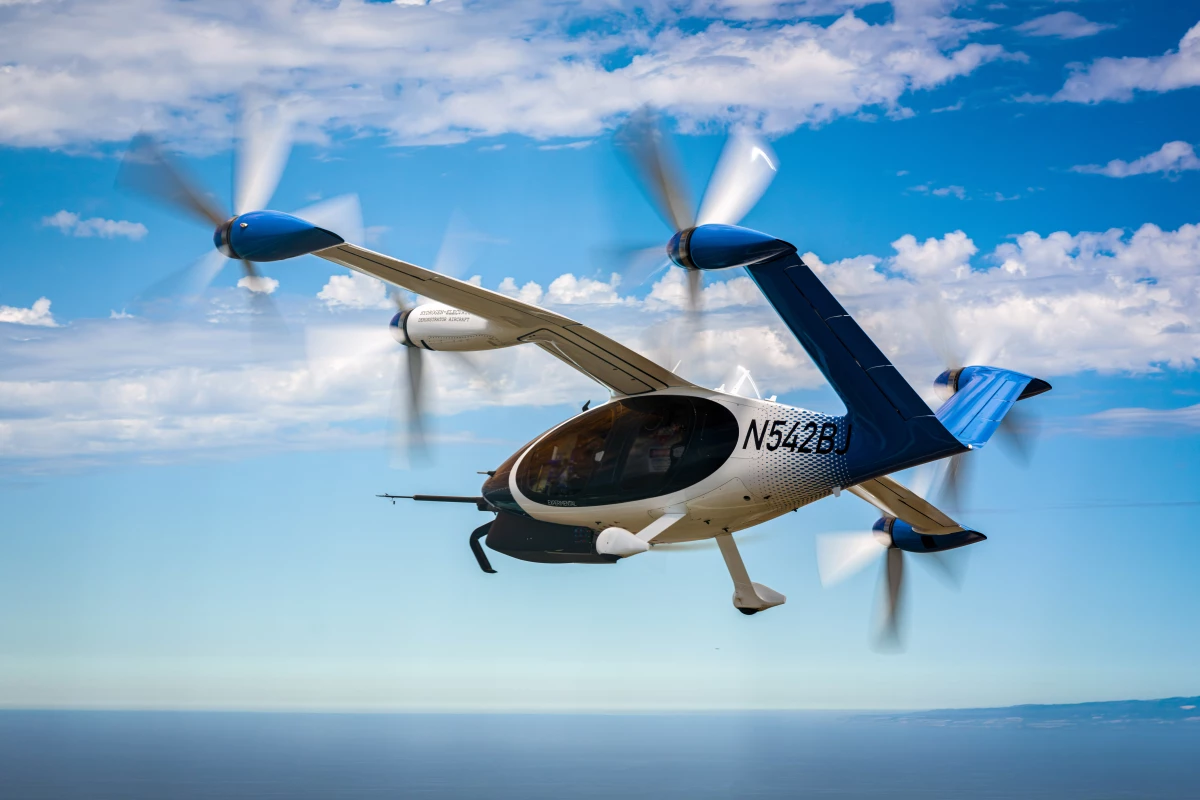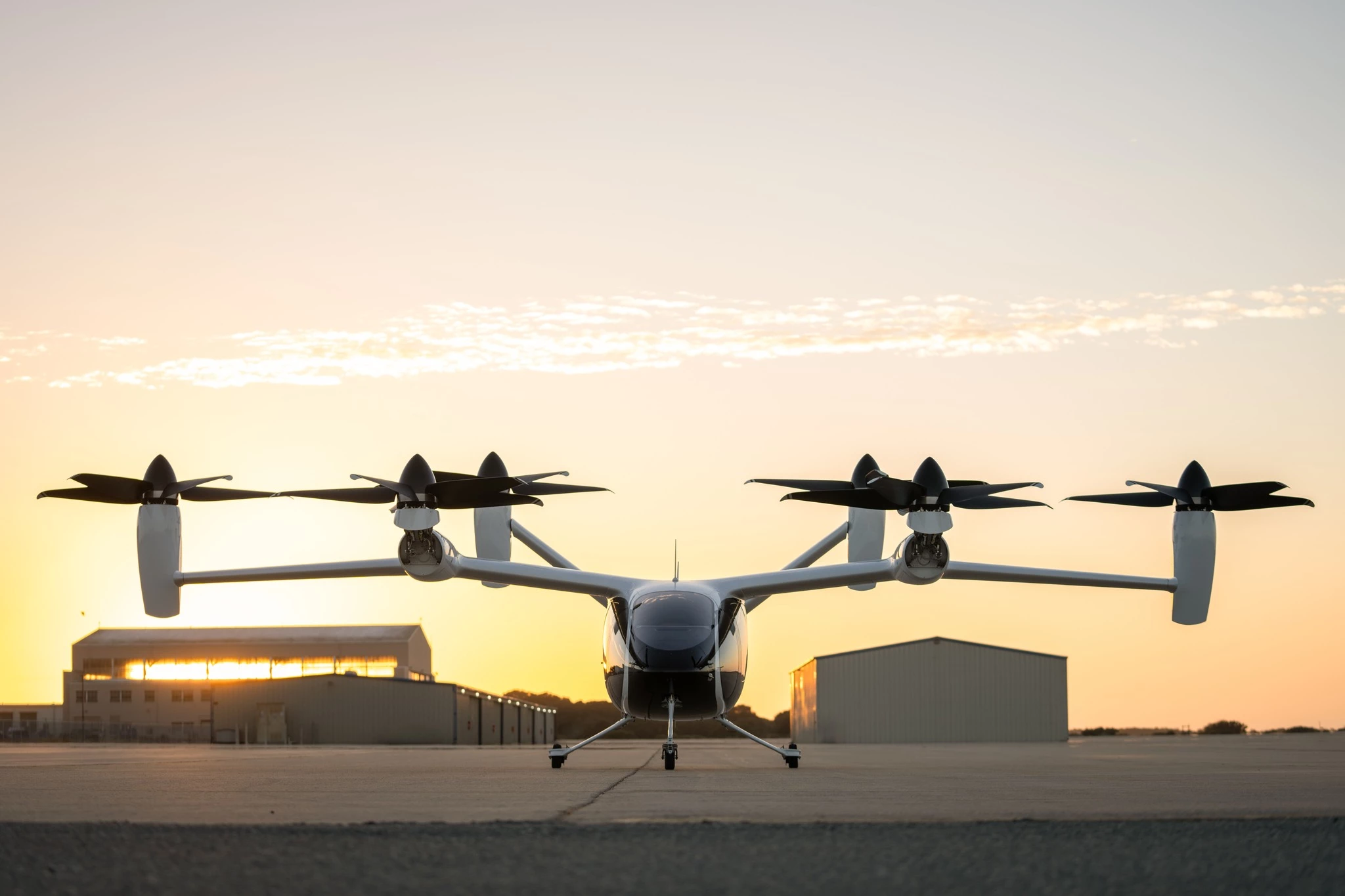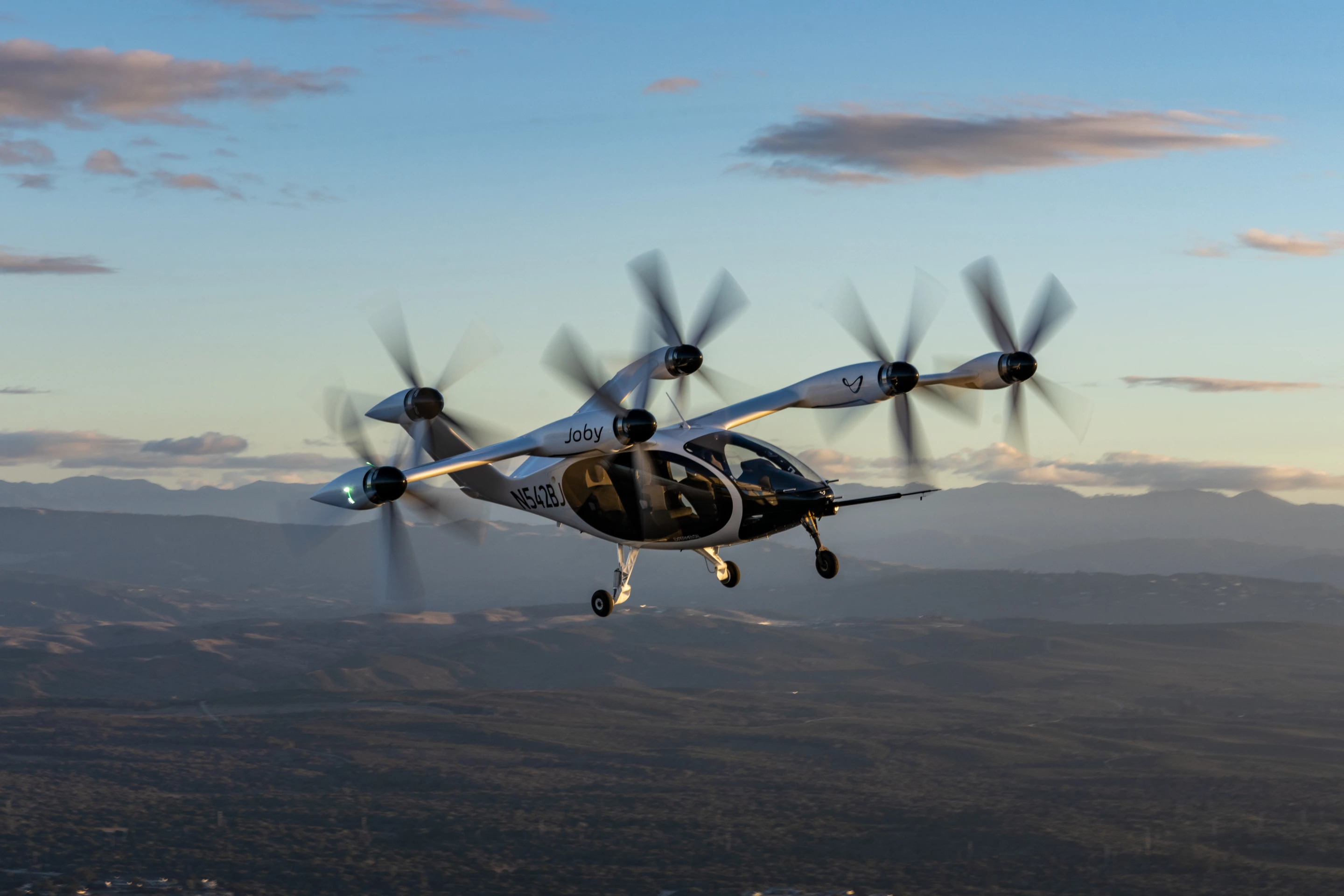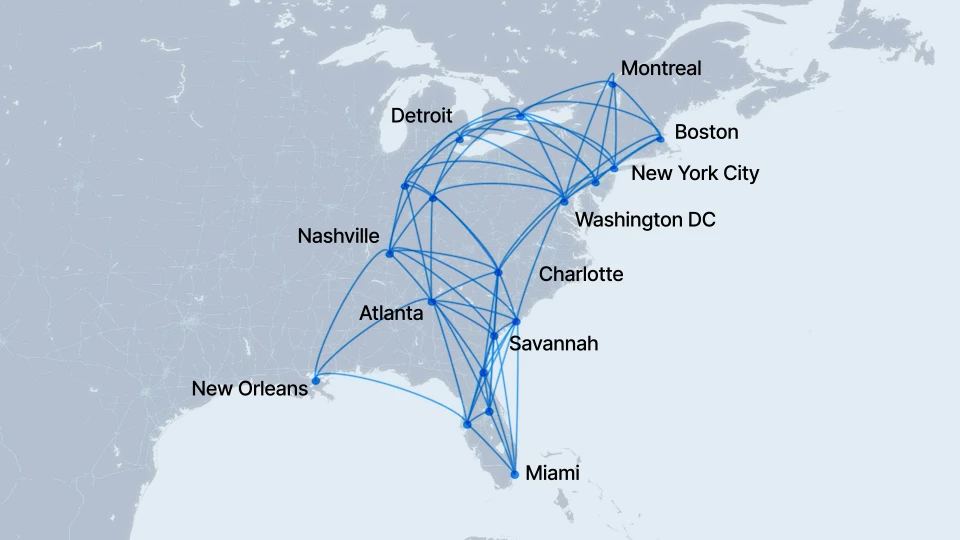It's the first flight of its kind ever announced, an enormous technical milestone, an absolute demolition of Joby's previous 154-mile (248-km) record, and a strong move that looks beyond the company's first priority: putting battery-powered air taxi operations in the sky by 2025.
China has been making big waves in the eVTOL space lately, thanks to breakthroughs like world-first type certification, commercial operations and next-gen battery breakthroughs. But Silicon Valley's Joby has been moving along quite steadily in recent times, having started manned demo flights last year, including one in New York City.
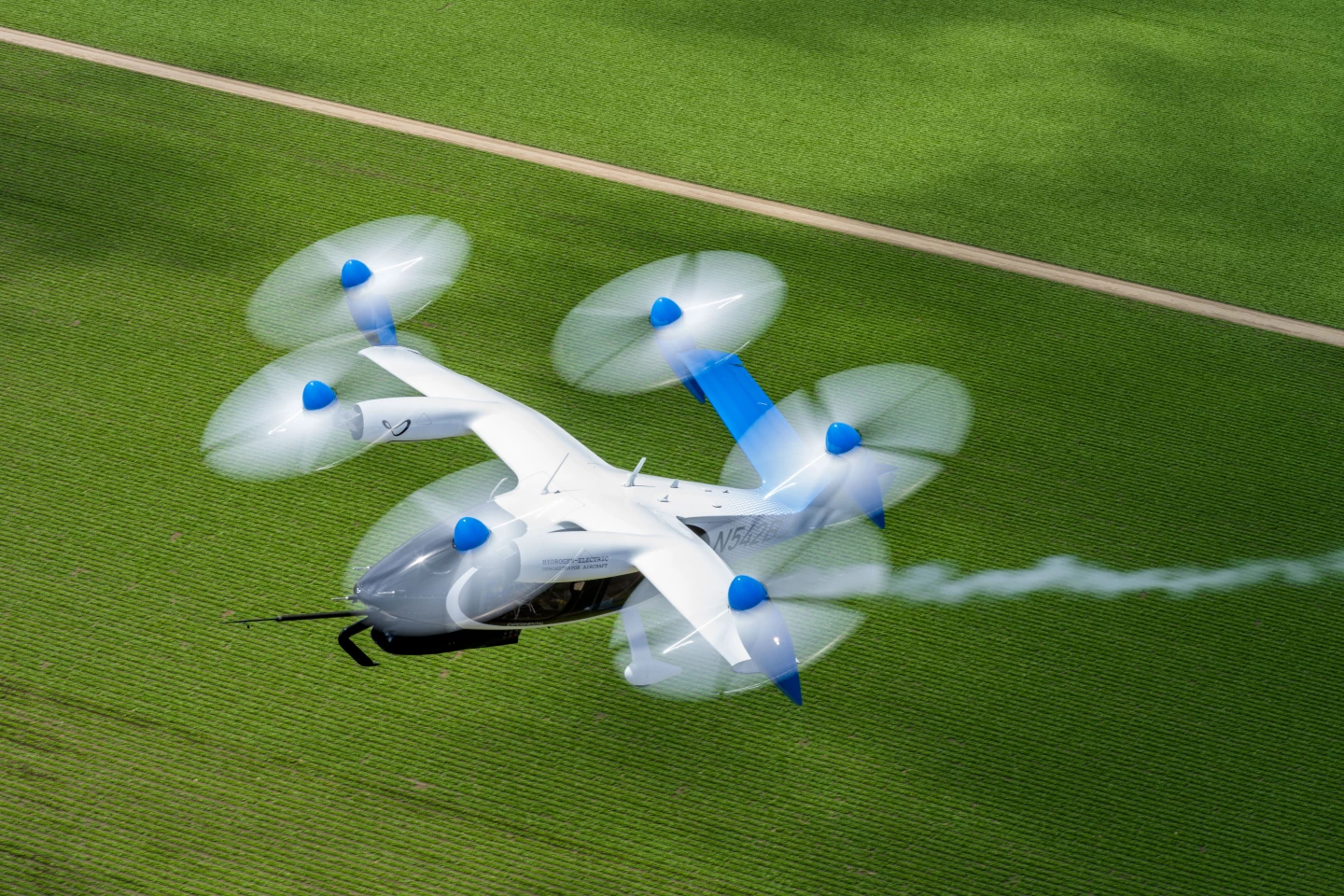
Now Joby leverages hydrogen toward necking out ahead of the competition ... for the moment. Say what you will about the tough hill hydrogen has to climb to prove itself in automobiles, but its superior energy-to-weight density starts to look quite attractive when it comes to aircraft that have to battle gravity in lifting their full weight and payload off the ground.
Just look at the 19-mile (31-km) tether tied extra tightly around the world-first-certified eHang EH216-S, and it begins to become clear that modern battery tech isn't quite ready to support current-gen electric aircraft for anything more ambitious than local scenic quick-hops and cross-town taxi rides. Joby's battery-electric range is neck and neck with the 155.7-mile (250.64-km) Autoflight Prosperity as the absolute best in the market, but even that won't get much done in terms of meaningful passenger or cargo transportation beyond city limits.
Hydrogen has been an option from the beginning – but it's a far less mature technology than lithium batteries, particularly in cryogenic liquid form where the weight advantages are greatest. Joby acquired German hydrogen aircraft pioneer H2Fly in 2021, which has done some amazing work in the space – including the world's first piloted flight of a liquid-hydrogen-fueled electric aircraft last September, using its HY4 winged demonstrator.
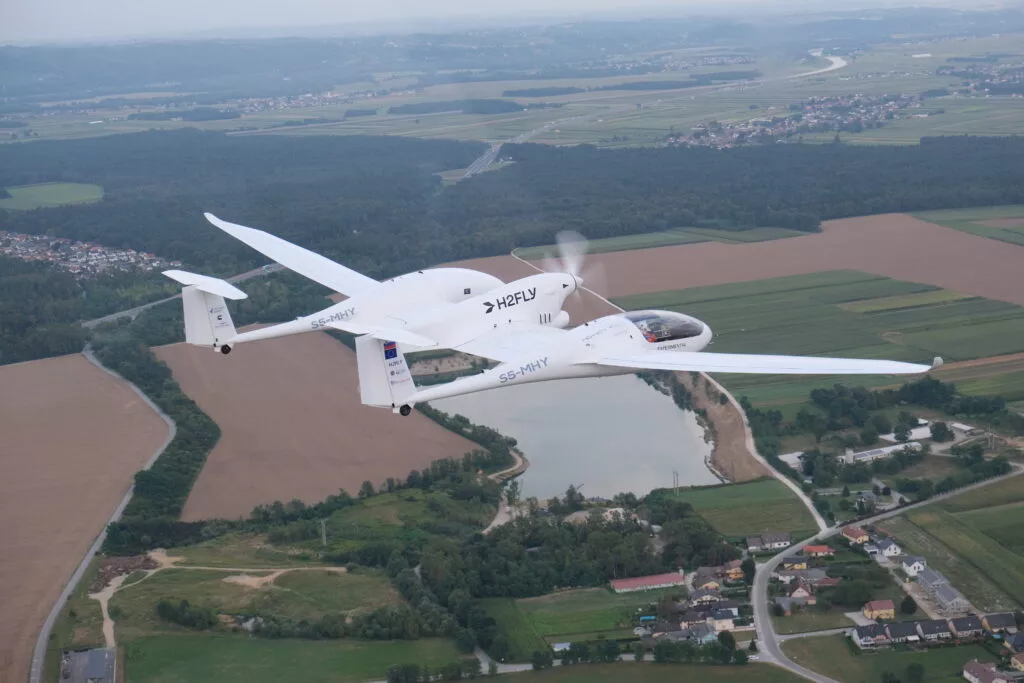
This time around, Joby retrofitted the liquid hydrogen fueling and fuel cell power system to its pre-production tilt-rotor eVTOL, a unit that had previously put in 25,000 test miles (40,200 km) under battery power. With the fuel cell there to supply the vessel's six rotors with continuous electric power, it was able to complete a journey of 523 miles (842 km) while emitting only water vapor – and it had 10% of its fuel left over upon landing, according to Joby.
"Imagine being able to fly from San Francisco to San Diego, Boston to Baltimore, or Nashville to New Orleans without the need to go to an airport and with no emissions except water," commented JoeBen Bevirt, Joby founder and CEO. "That world is closer than ever, and the progress we’ve made towards certifying the battery-electric version of our aircraft gives us a great head start as we look ahead to making hydrogen-electric flight a reality."
Joby converted the battery eVTOL to its hydrogen-electric demonstrator in May, adding in a cryogenic fuel tank that stores up to 88 lb (40 kg) of liquid hydrogen at a temperature of 22 Kelvin (-420 °F, -251 °C). The tank's vacuum jacketing keeps its surface at a safe ambient temperature.
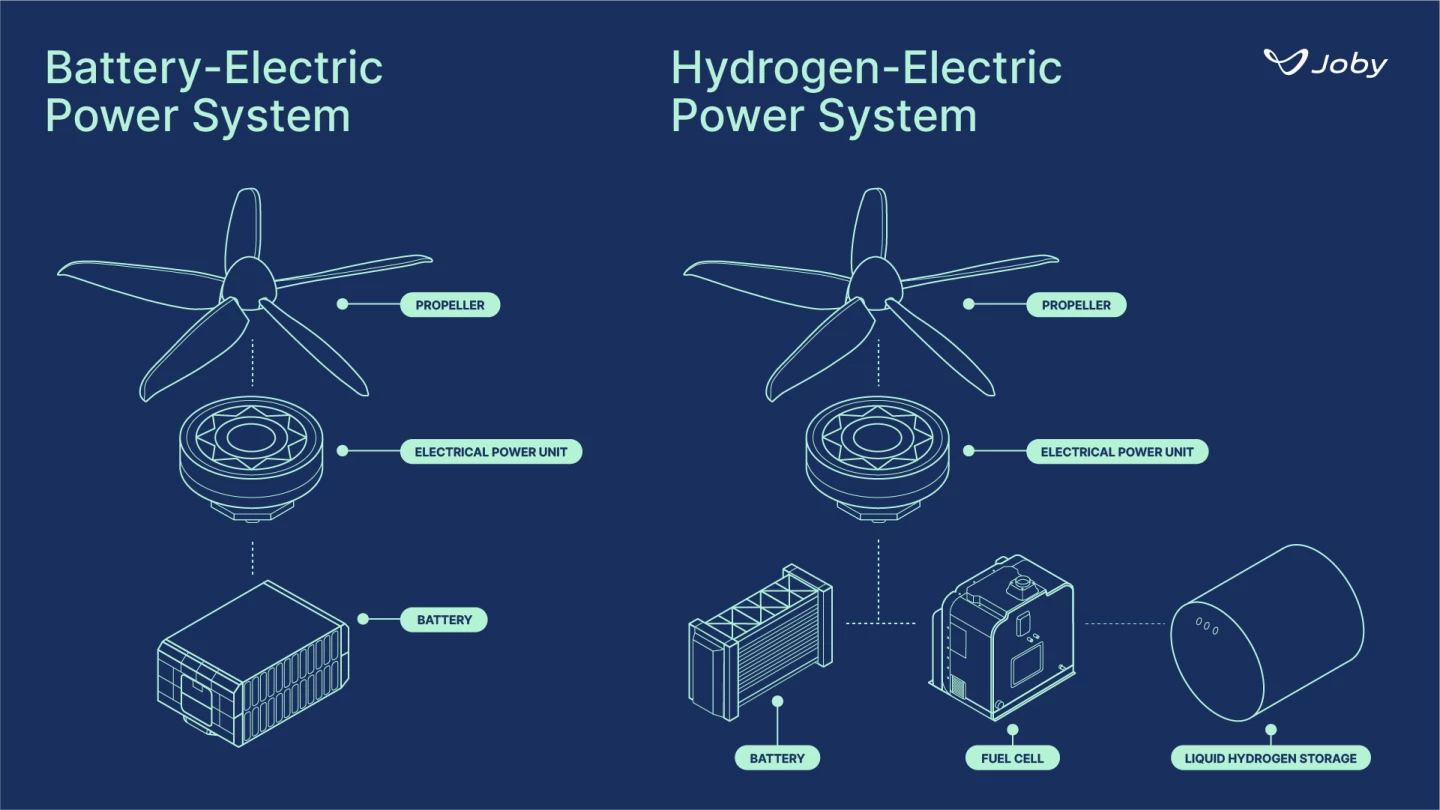
The hydrogen fuels the H2Fly-developed ‘H2F-175’ fuel cell system that creates an electrochemical reaction with oxygen from the air, producing electricity, water and heat. The fuel-cell-derived electricity serves as the primary power source for the sextet of rotors during flight, with a small battery there primarily for takeoff and landing power. Fuel cell power also recharges this battery.
Bevirt went on to clarify that the majority of the design, testing and certification work it's done for its battery-powered eVTOL carries directly over to the commercialization of hydrogen flight. Joby intends to use the same landing pads, ElevateOS software and operations team for its hydrogen program as for its commercial battery-electric operation, with the hydrogen units aimed at providing regional point-to-point service without the need for an airport runway.
Joby believes the flight was the first forward flight of a liquid hydrogen-fueled VTOL – period, so the record was more or less by default, and it's nowhere near the potential of what liquid H2 will unlock. Joby has said in the past that a range over 900 miles (1,500 km) is a realistic expectation for a fixed-wing like the H2Fly HY4.
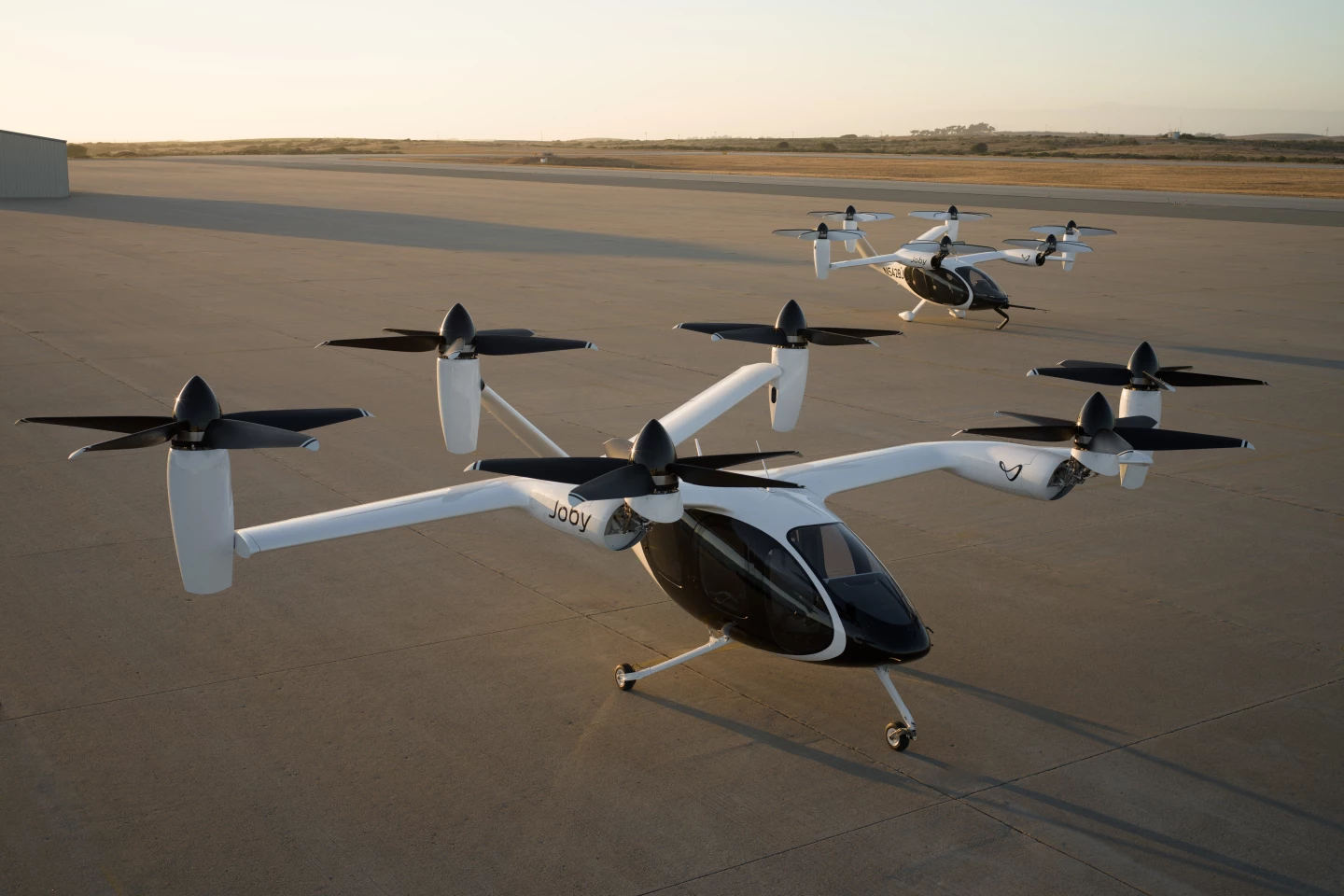
Back on the ground, hydrogen fuel cell automobiles lag behind the highest-range battery-powered vehicles as far as range goes. The Toyota Mirai, for example, manages just 404 miles (650 km) as compared to the current battery-car leaders, which can now eclipse 620 miles (1,000 km). They also suffer from a lack of fueling infrastructure on roadways.
The advantage swings way back in hydrogen's favor in terms of airborne range, though, and the fueling conundrum is easier to solve by simply rolling out fueling stations at the launch and destination points of air taxi services, expanding gradually with additional locations and flight paths. Hydrogen can also be produced on-site if necessary, removing the hassle of transporting it.
This is an absolute landmark moment for Joby, for the eVTOL sector, and for clean aviation in general. Once this liquid H2 powertrain is certified, it represents an instant opportunity to massively increase the range of more or less any electric aircraft – and a serious leap forward in the decarbonization of air transport.
⚡️ 523-Mile Hydrogen-Electric Flight ⚡️
— Joby Aviation (@jobyaviation) July 11, 2024
We've accomplished something many thought impossible: flying more than 500 miles with no in-flight emissions except water, including a vertical take-off and landing. pic.twitter.com/AOu4UONg9T
Joby has been a step ahead of the game for many years now in the eVTOL segment, but this might be the company's most impressive achievement yet. Bravo!
Source: Joby Aviation
